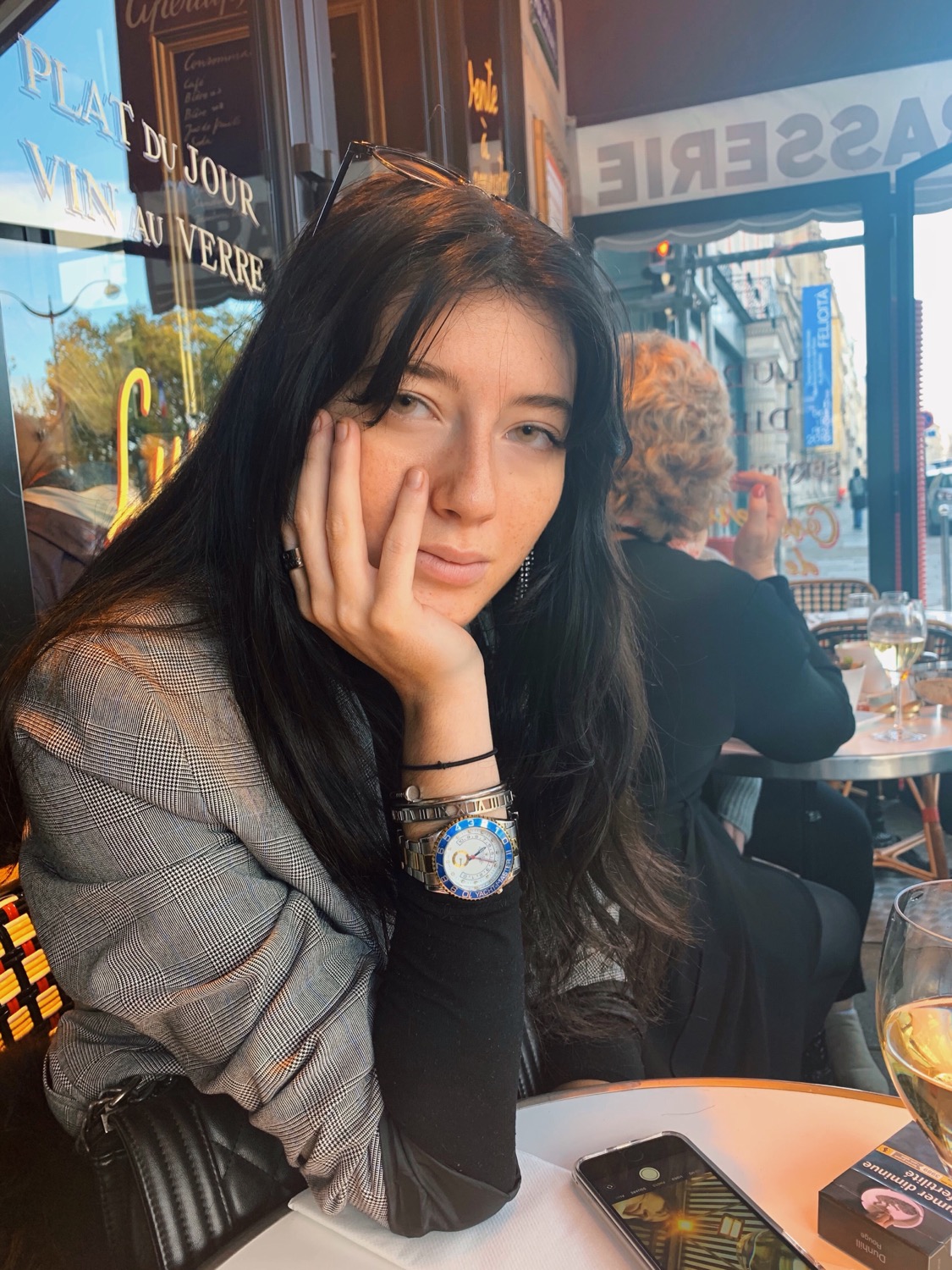GUILDHALL'S 'ARCHITECTURE OF LONDON' AND THE CITY THAT NEVER WAS
- Victoria Comstock-Kershaw
- Sep 17, 2019
- 2 min read
Updated: Sep 19, 2019
There is a talent behind successfully portraying a city through the art that it has inspired. London is certainly no exception to the rule, but the Guildhall's Art Gallery has not only tackled the task of depicting the city and her artwork with depth, grace, and charm, but has also favoured its audience with a look into an entirely different metropolis: the London that never was.
Oliver Bevan/Michael Bach/Niels Møller Lund
The Architecture of London portion of the gallery is incredibly well curated. It has not fallen into the trap of grouping solely by style or date of completion, which can quickly sizzle out and become stale and repetitive, but chooses to present works based on their geographic location or the architectural function of their subjects. This focus on subject over style gives a vibrant and cohesive feeling to the exhibit, as well as providing a powerful narrative: the gallery gently guides you from breathtaking birds-eye views of the London landscape, like Michael's Bach's block-coloured View I or Lund's famous Heart of the Empire to the almost photo-realistic architectural brutalism of Brendan Neiland and David Hepher.
Brendan Neiland/David Hepher
The parts of the exhibit dedicated to specific events - like the Blitz or the Great Fire of London - are particularly effective uses of this curation style; there is something inherently moving about the different ways in which the devastation and carnage suffered by the city has been interpreted by contemporaries and successors alike. The overarching cohesiveness of the exhibit still leaves plenty of space for the individual merit of works to shine; particularly impressive are the unexpected dips into London architectural art by household names. Lucien Freud applies his distinctive not-quiet-right perspective to a street behind Paddington Station in Wasteground with Houses, Paddington, and Catherine Yass's Damage witnesses the interaction between her signature manipulation of film and the environment of London streets.

But the Architecture of London isn't the only way in which Guildhall makes us think about London: the smaller, slightly more intimate collection of The London That Never Was, curated by the London Metropolitan Archives, is compiled of discarded designs and rejected plans for the buildings and monuments that we know and love. It's a fascinating glimpse into the London that might have been, ranging from the practical (such as the 60s futureretro monorail over Oxford Street) to the fantastic (like the Soviet-esque glass casing covering Tower Bridge) to the morbid (like the hauntingly proposed Primrose Hill 'pyramid mausoleum'). There is something really special about visualising alternatives to a city that is already so aesthetically and culturally established; and to be given the opportunity to see the real-life designs and plans that could potentially have altered and upended the city as we know it is a genuine treat.
Tickets are £10, £7 concession, or half-price from Art Fund card holders, and are available until 1 December 2019.
Image credits: London Picture Archive, London Metropolitan Archives, Guildhall Art Gallery, and ArtUk.org














